Tag Archive for: Geothermal energy
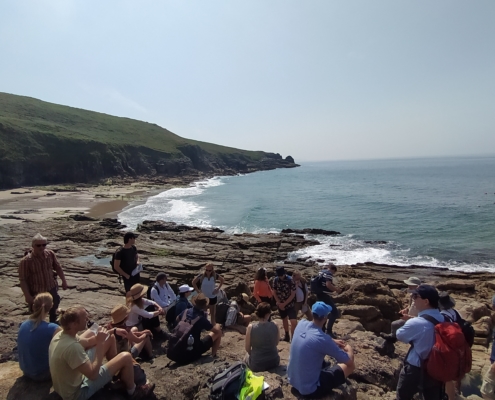 La Palma Research Centre
La Palma Research CentreCRM-Geothermal 1st Progress Meeting, Falmouth, UK (June 2023)
The recent CRM-Geothermal event brought together consortium members…
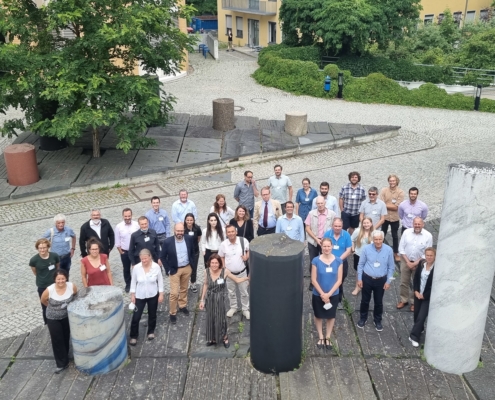 EFG
EFGCRM-Geothermal Kick-off meeting, Potsdam, July 2022
CRM-geothermal recently started and LPRC is part of it. The kick-off…
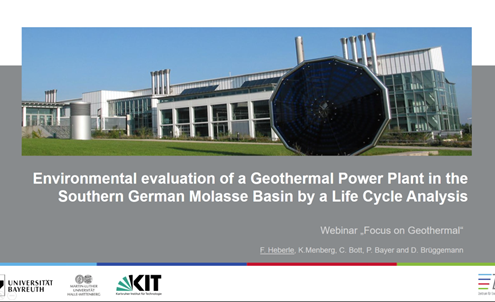
Environmental evaluation of a Geothermal Power Plant in the Southern German Molasse Basin by a Life Cycle Analysis
On the 26th March 2021, ENERCHANGE and ThinkGeoEnergy hosted…
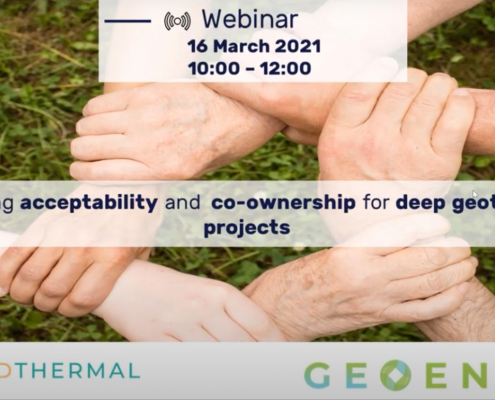
LPRC participates at the GEOENVI-CROWDTHERMAL joint webinar – part 2
The recommendations coming from GEOENVI (see part 1) directly…

LPRC participates at the GEOENVI-CROWDTHERMAL joint webinar – part 1
On Tuesday 16 March, GEOENVI and the CROWDTHERMAL project, where…
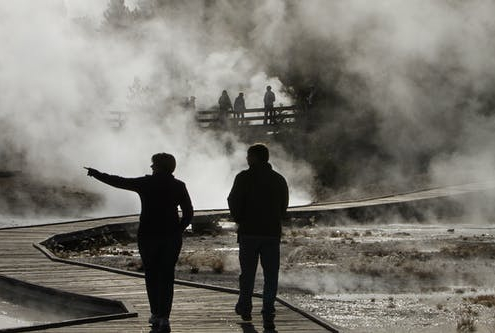
Trends in geothermal, 16th February 2021 part 2: technology
The first part of the Baseload Trend's geothermal webinar focused…

Trends in geothermal, 16th February 2021 part 1: investment
On the 16 February 2021, Baseload Capital (an investing firm)…
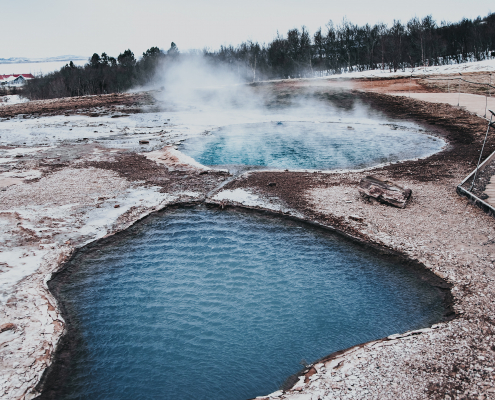
LPRC @ Webinar – Recent installations, implications for the future of geothermal in Turkey
On Friday 29, Gauthier Quinonez (LPRC) attended the latest IGN…

LPRC participates at “Geo-Energy Operations: Opportunities and Challenges” webinar
On the 16 December, The Welding Institute hosted its webinar…

